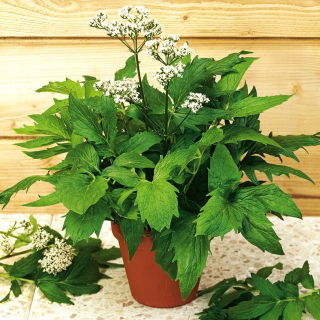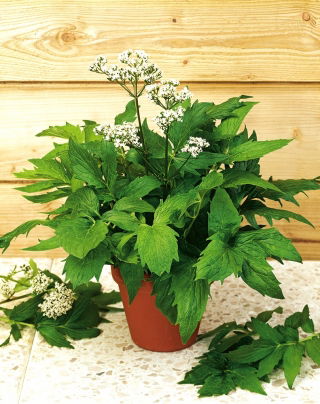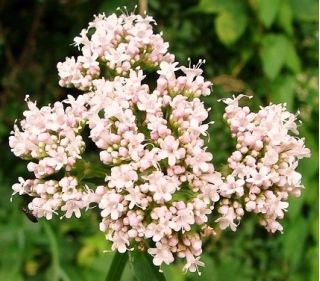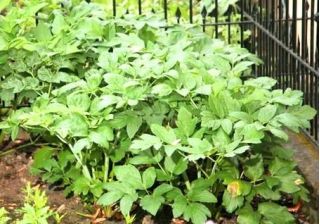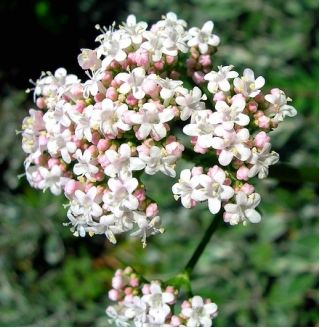- US Dollars ($)
- Euro (€)
- GB Pound (£)
- Chinese Yuan (元)
- Swedish krona (kr)
- Russian ruble (₽)
- Hong Kong dollar (HK$)
- Norwegian krone (kr)
- Indian rupee (₹)
- New Taiwan dollar (NT$)
- Danish krone (kr)
- Hungarian forint (Ft)
- Saudi riyal (SR)
- Bulgarian lev (лв)
- Czech koruna (Kč)
- Israeli shekel (₪)
- Indonesian rupiah (Rp)
- Japanese yen (¥)
- Korean won (₩)
- Malaysian ringgit (RM)
- Romanian leu (leu)
- Swiss franc (Fr.)
- Serbian dinar (din)
- Vietnamese đồng (₫)
- Ukrainian hryvnia (₴)
- Turkish lira (₺)
- Thai baht (฿)
- CAD Dollars ($)
- English
- German - Deutsch
- French - Français
- Spanish - Español
- Italian - Italiano
- Swedish - Svenska
- Russian - Русский
- Norwegian - Norsk
- Danish - Dansk
- Nederlands
- Estonian - Eesti keel
- Finnish - Suomalainen
- Hungarian - Magyar
- Latvian - Latviešu valoda
- Lithuanian - Lietuvių
- Portuguese - Português
- Chinese - 中文
- العربية - Arab-c
- Bulgarian - български
- Czech - Čeština
- Greek - Ελληνικά
- پارسی - Persian
- עברית - Abrit
- Croatian - Hrvatski
- Indonesian - Bahasa Indonesia
- Japan - 日本語
- Korean - 한국어
- Malay - Melayu
- Romanian - Română
- Slovak - Slovák
- Slovenian - Slovenščina
- Serbian - Српски
- Thai - ไทย
- Turkish - Türkçe
- Ukrainian - Українська
- Vietnamese - Tiếng Việt
- Hindi - हिंदी
- Categories
-
Seeds
-
Vegetable Seeds
-
Flower Seeds
-
- Ageratum, Flossflower seeds
- Alyssum seeds
- Amaranth Seeds
- Aquilegia, Columbine seeds
- Aster seeds
- Aubrieta Seeds
- Begonia seeds
- Bellis perennis, Daisy seeds
- Californian Poppy Seeds
- Campanula, Bellflower seeds
- Celosia, Cocksbomb seeds
- Centaurea, Cornflower seeds
- Chrysanthemum, Painted Daisy seeds
- Coleus seeds
- Convolvulus seeds
- Coreopsis seeds
- Cosmos seeds
-
- Datura seeds
- Dianthus, Carnation seeds
- Echinacea, Coneflower seeds
- Flower seed mixtures
- Forget me not seeds
- Foxglove seeds
- Gaillardia Seeds
- Gazania seeds
- Geranium, Pelargonium seeds
- Godetia seeds
- Gourd, Ornamental squash seeds
- Gypsophila, Baby's Breath seeds
- Hollyhock seeds
- Impatiens seeds
- Ipomoea, Morning glory seeds
- Calabash, Bottle Gourd seeds
- Larkspur, Delphinium seeds
-
- Limonium, Statice seeds
- Lobelia seeds
- Lupin, Lupine seeds
- Lychnis, Catchfly seeds
- Mallow Seeds
- Marigold, Tagetes seeds
- Milkweed Seeds
- Nasturtium seeds
- Nemesia seeds
- Nepeta, catmint seeds
- Nicotiana, Ornamental Tobacco seeds
- Nigella, Love in a mist seeds
- Pansy seeds
- Petunia and Surfinia seeds
- Phlox seeds
- Poppy seeds
- Primula, Primrose seeds
-
- Red Valerian, Centranthus Seeds
- Ricinus, Castor bean seeds
- Runner bean seeds
- Safflower seeds
- Salvia, Ornamental sage seeds
- Snapdragon Seeds
- Stock seeds
- Strawflower, Golden everlasting seeds
- Sunflower seeds
- Sweet pea seeds
- Tunbergia, Black-eyed Susan Vine seeds
- Verbascum, Mullein seeds
- Verbena seeds
- Veronica, Speedwell seeds
- Viola, Violet seeds
- Zinnia seeds
-
- Herb Seeds
- Sprouting Seeds
-
Flower Bulbs
-
Garden Equipment
-
At home
- Around home
-
Fertilizers
-
- All-purpose fertilizers
- Autumn and winter fertilizers
- Blueberry fertilizers
- Boxwood fertilizers
- Bulb plants' fertilizers
- Grass and lawn fertilizers
- Citrus plant fertilizers
- Compost
- Conifer fertilizers
- Dolomite and lime fertilizers
- Dry powder fertilizers
- Fertilizers for balcony and terrace plants
- Fertilizers for moss-infected lawns
- Fertilizers in pump sprayers
-
- Fertilizers in watering cans
- Fertilizers sticks
- Fertilizers with leaf shine
- Flowering plant fertilizers
- Fruit fertilizers
- Fruit tree fertilizers
- Garden plant fertilizers
- Gel fertilizers
- Geranium fertilizers
- Green plant fertilizers
- Herb fertilizers
- Home plant fertilizers
- Hydrangea fertilizers
- Lavender fertilizers
-
Valerian (Valeriana officinalis) is an extraordinary perennial plant that can reach an impressive height of 150 cm. In its first year of growth, it develops a leaf rosette, and in the second year, it produces a flowering stem. Its roots are highly valued for their medicinal properties and are often used to prepare infusions and tinctures. With its unique qualities, Valerian not only enhances the garden's aesthetics but also serves as a valuable addition to the home apothecary. Garden Seeds Market offers premium seeds that have undergone rigorous quality testing, ensuring reliability and safety in cultivation.
Sowing
Sowing Valerian seeds requires care and attention. The best results are achieved by sowing seeds in suitable soil conditions while ensuring proper moisture. It's important to distribute the seeds evenly on the soil surface.
Sowing Depth
Valerian seeds should be placed at a depth of 0.5 cm, providing optimal conditions for germination. This depth allows the seeds to fully utilise available nutrients and sunlight, accelerating their growth.
Direct Sowing Period
When to sow Valerian seeds directly into the ground? The optimal time is May and June, as well as August and September. During these months, the soil is adequately warmed, offering conducive conditions for the development of young plants.
Sowing Period Under Cover
When to sow Valerian seeds under cover? The best period is May and June. Covers help protect young plants from adverse weather conditions, promoting their healthy growth.
Planting Time
Planting Valerian is best done in August and September. At this time, plants have enough opportunity to root before the onset of winter, ensuring a robust start in spring.
Plant Spacing
The correct spacing for Valerian is 30x40 cm. This distance between plants guarantees them adequate space for proper growth, as well as easy access to light and air for all parts of the plant.
Site Conditions
Valerian prefers well-sunlit positions, although it can tolerate partial shade. The soil should be fertile, well-drained, and moderately moist. Avoid locations with overly heavy and wet substrates, as this can lead to root rot.
Growing Tips
Growing Valerian requires regular watering, especially during dry periods. It's also important to regularly remove weeds that can compete with the plant for nutrients. Additionally, using organic fertilisers can support the growth and development of the plant.
Harvest Period
The harvest of Valerian is carried out in September and October, as well as April and May. During these months, the roots reach their full medicinal potential and are ready for processing.
Usage
Valerian is widely used in the garden as a medicinal plant. Its roots are appreciated for their calming and relaxing effects, often being used in the form of infusions and tinctures. This plant can also be an attractive element in the garden, adding a natural, rustic charm.
Good to Know
Valerian is resistant to most diseases, making it easy to grow, even for novice gardeners. However, it's wise to monitor the plants for pests, such as slugs, which can damage the leaves. Satisfied customers often highlight that growing Valerian provides not only health benefits but also the satisfaction of cultivating plants by hand.
Why Buy from Garden Seeds Market
Purchasing from Garden Seeds Market guarantees the highest quality seeds, which have undergone detailed laboratory testing. The store offers fast delivery and attractive promotions, with positive customer feedback confirming its reliability. Garden Seeds Market is a place where a passion for gardening meets professionalism and customer care.
The seed packet contains 0.2 g of seeds. The packet includes cultivation guidelines and the sowing viability date.
New


My account
Store
Customer information
Information

© -2025 Gardenseedsmarket.

